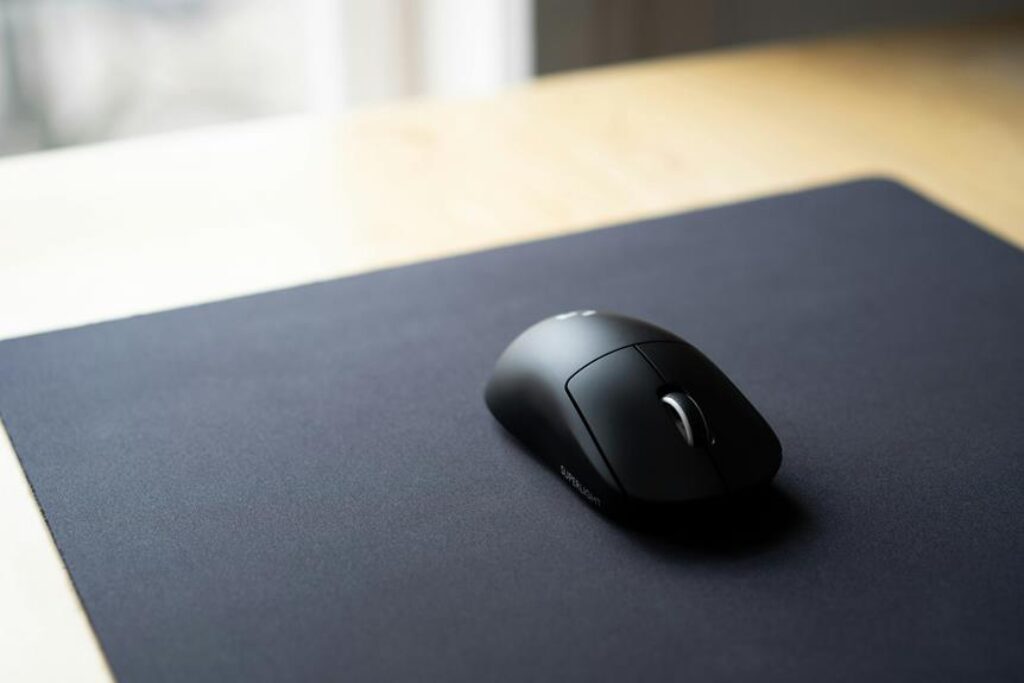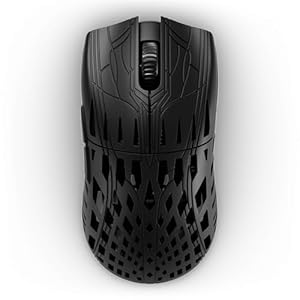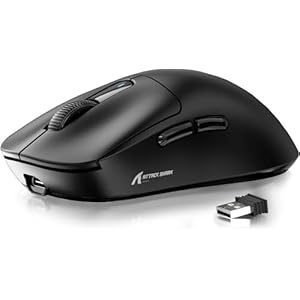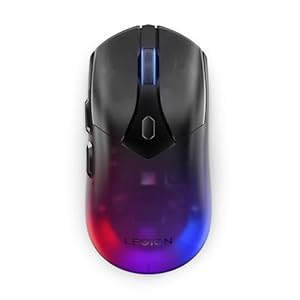
When navigating the intricate landscape of gaming mouse sensors, the dichotomy between optical and laser sensor technologies emerges as a pivotal consideration in enhancing your gaming experience. Each sensor type boasts unique features that cater to distinct gaming styles and preferences, warranting a closer examination of their capabilities. By dissecting the intricacies of optical and laser sensors, you can unravel the nuances that dictate precision, speed, and compatibility with different surfaces, ultimately leading you toward an informed decision that aligns with your gaming aspirations.
Understanding Optical Mouse Sensors
To understand optical mouse sensors, consider how they track movement using LED light and a camera sensor. When you move your optical mouse, the LED light illuminates the surface beneath it. This light bounces off the surface and is captured by the camera sensor. The sensor then takes hundreds of pictures per second, analyzing the changes in the surface texture to determine the mouse’s movement. This process allows for precise tracking of even the smallest movements, making optical mice great for tasks requiring accuracy, such as graphic design or gaming.
One advantage of optical mouse sensors is their ability to work on a variety of surfaces. Unlike older ball mice, optical sensors don’t require a mouse pad and can function on different surfaces like wood, plastic, or even fabric. Additionally, optical sensors tend to be more affordable than their laser counterparts, making them a popular choice for casual users and gamers alike.
Exploring Laser Mouse Sensor Technology
When delving into Laser Mouse Sensor Technology, one can uncover its advanced tracking capabilities and precision in detecting movement. Laser sensors use a laser beam to track surface details with extreme accuracy. This technology allows for higher DPI (dots per inch) settings, resulting in smoother and more precise cursor movements. Laser sensors excel on a variety of surfaces, including glass and glossy materials, where optical sensors might struggle. The laser’s ability to penetrate these surfaces enhances its versatility and makes it suitable for different environments.
In addition to surface compatibility, laser sensors often offer customizable DPI settings, allowing you to adjust sensitivity on the fly to suit different tasks or gaming scenarios. This flexibility gives you a competitive edge by tailoring the mouse’s responsiveness to your preferences. However, laser sensors can be prone to slight cursor jitter on certain surfaces due to the high precision of the laser tracking.
Despite this minor drawback, the overall performance and accuracy of laser mouse sensors make them a popular choice among gamers and professionals seeking top-tier precision in their mouse movements.
Factors Influencing Sensor Performance
Various factors play a crucial role in determining the performance of gaming mouse sensors. The first key factor to consider is the sensor’s DPI (dots per inch) range, which indicates the sensitivity and precision of the sensor. A higher DPI range allows for more accurate tracking and smoother cursor movements, essential for tasks requiring precision like gaming or graphic design work.
Another critical factor is the sensor’s polling rate, measured in Hertz (Hz), which determines how often the sensor reports its position to the computer. A higher polling rate results in more frequent updates and reduced input lag, providing a more responsive and accurate gaming experience.
Additionally, the type of sensor technology used, whether optical or laser, impacts performance. Optical sensors are known for their reliability and accuracy on most surfaces, while laser sensors offer higher DPI settings and better tracking on reflective or glossy surfaces.
Factors like acceleration, deceleration, and jitter can also influence sensor performance, affecting how smoothly the cursor moves and how accurately the sensor tracks your movements. Understanding these factors can help you choose a gaming mouse with a sensor that aligns with your specific needs and preferences.
Choosing the Right Sensor for You
Considering your specific requirements and preferences, selecting the most suitable sensor for your gaming mouse is crucial to optimize your overall gaming experience. When choosing a sensor, think about the type of games you play and your preferred gaming style. For fast-paced games that require quick and precise movements, optical sensors are often a better choice due to their higher accuracy and consistency. On the other hand, if you need a mouse that can track on a wider range of surfaces, a laser sensor might be more suitable for you.
Another factor to consider is the sensitivity of the sensor. Higher DPI sensors provide greater precision and faster tracking speeds, which can be beneficial in competitive gaming scenarios. However, it’s essential to find a balance as excessively high DPI settings can lead to jittery movements. Take into account your typical gaming environment as well; optical sensors tend to perform better on cloth pads, while laser sensors excel on hard surfaces.
Ultimately, the right sensor for you’ll depend on your personal preferences, gaming habits, and the specific demands of your favorite games. Experimenting with different sensor types and DPI settings can help you find the perfect match for your gaming needs.
Trending Products














